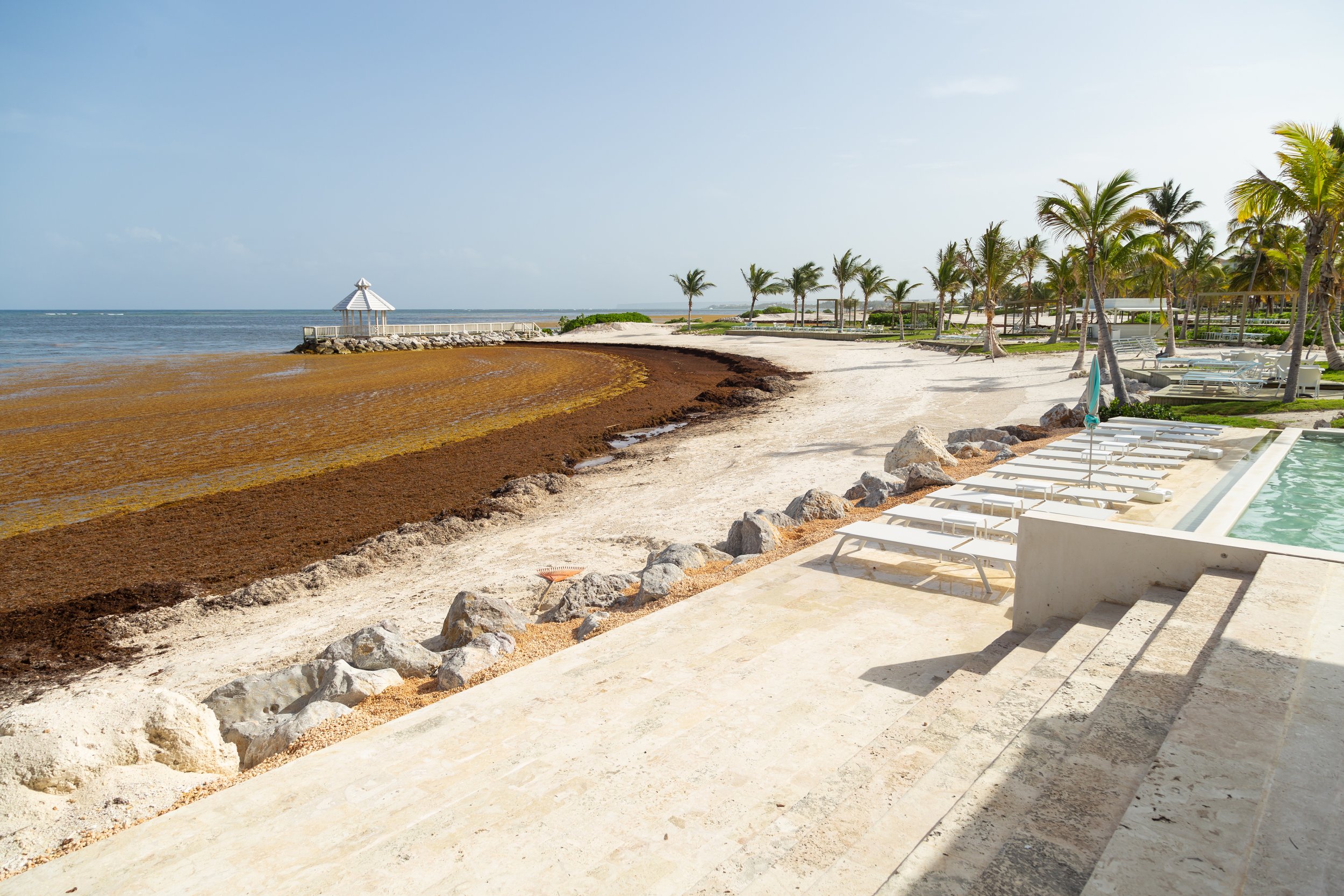Revolutionizing carbon sequestration with Nature’s own Blueprint
The Problem
-
Every year, humanity emits over 40 gigatons (billions of tons) of Carbon dioxide, accelerating climate change, and its extreme effects. Climate modeling has been happening since the 1970’s and we have never under projected our emissions.
-
Climate tech is advancing, but not fast enough. Current solutions are failing by three metrics:
Cost - Current solutions like Direct Air Capture (DAC) cost $600-$1000/ton, making large-scale deployment unrealistic.
Scale - Many solutions target thousands of tons per year, which isn’t enough. The largest DAC plant removes only 30 seconds’ worth of global emissions per year.
Efficiency - Using a ton of energy to remove carbon defies basic physics. We don’t need giant factories—we need nature to do the work for us.
-
The math doesn’t add up. Current carbon removal methods are too expensive, too slow, and too inefficient to meet global targets. If we want real impact, we need solutions that are efficiently scalable, cost-effective, and permanent.
That’s exactly what we’re building.
The Solution
Our Pilot: Sargassum
A Cleaner Caribbean Starts With You
Sargassum is threatening the beaches you love, the communities that depend on them, and the marine life that makes them unique. But you can make a difference.
Invest in innovative solutions or volunteer to take action. Together, we can restore these shores, protect livelihoods, and bring back thriving coastlines.












